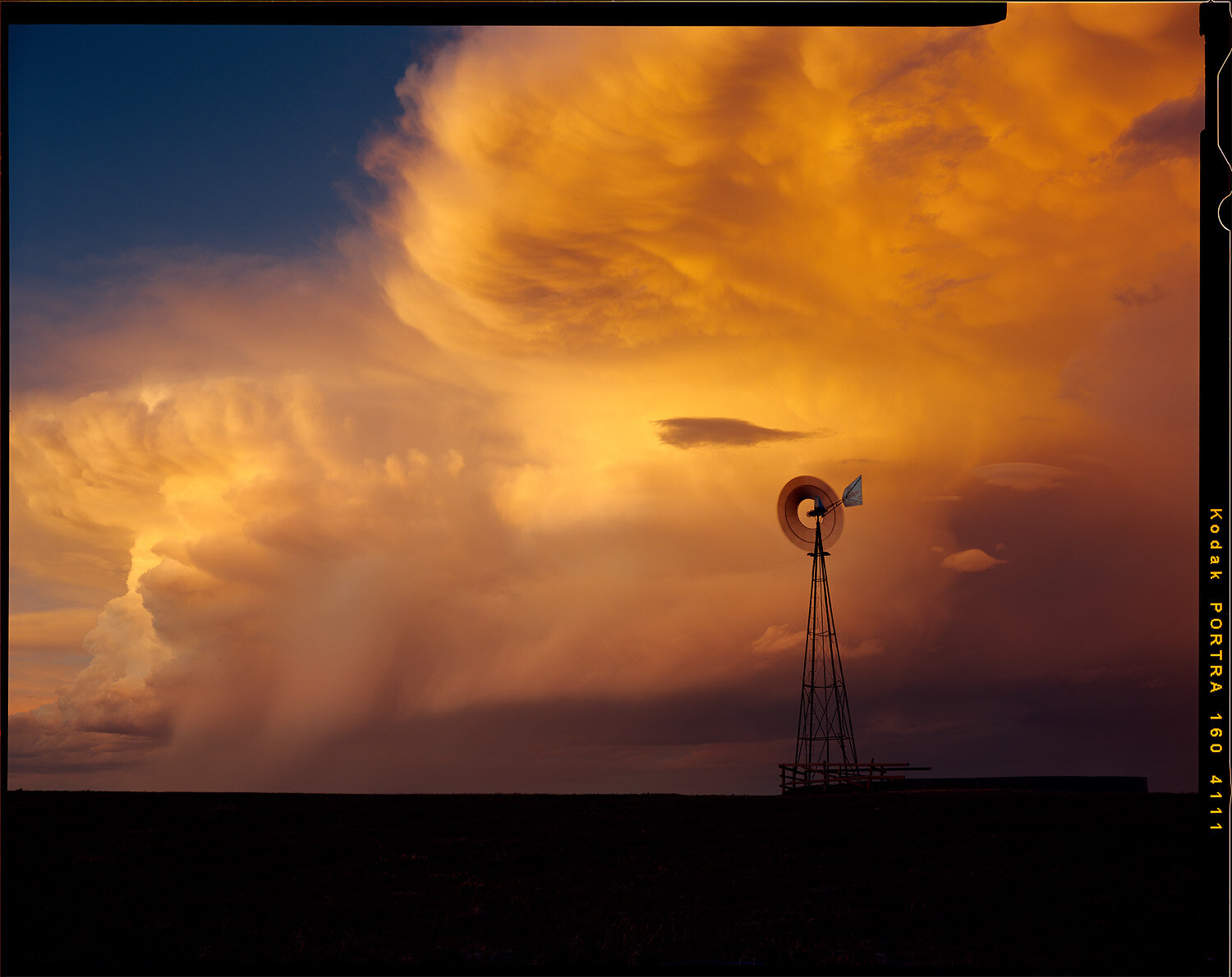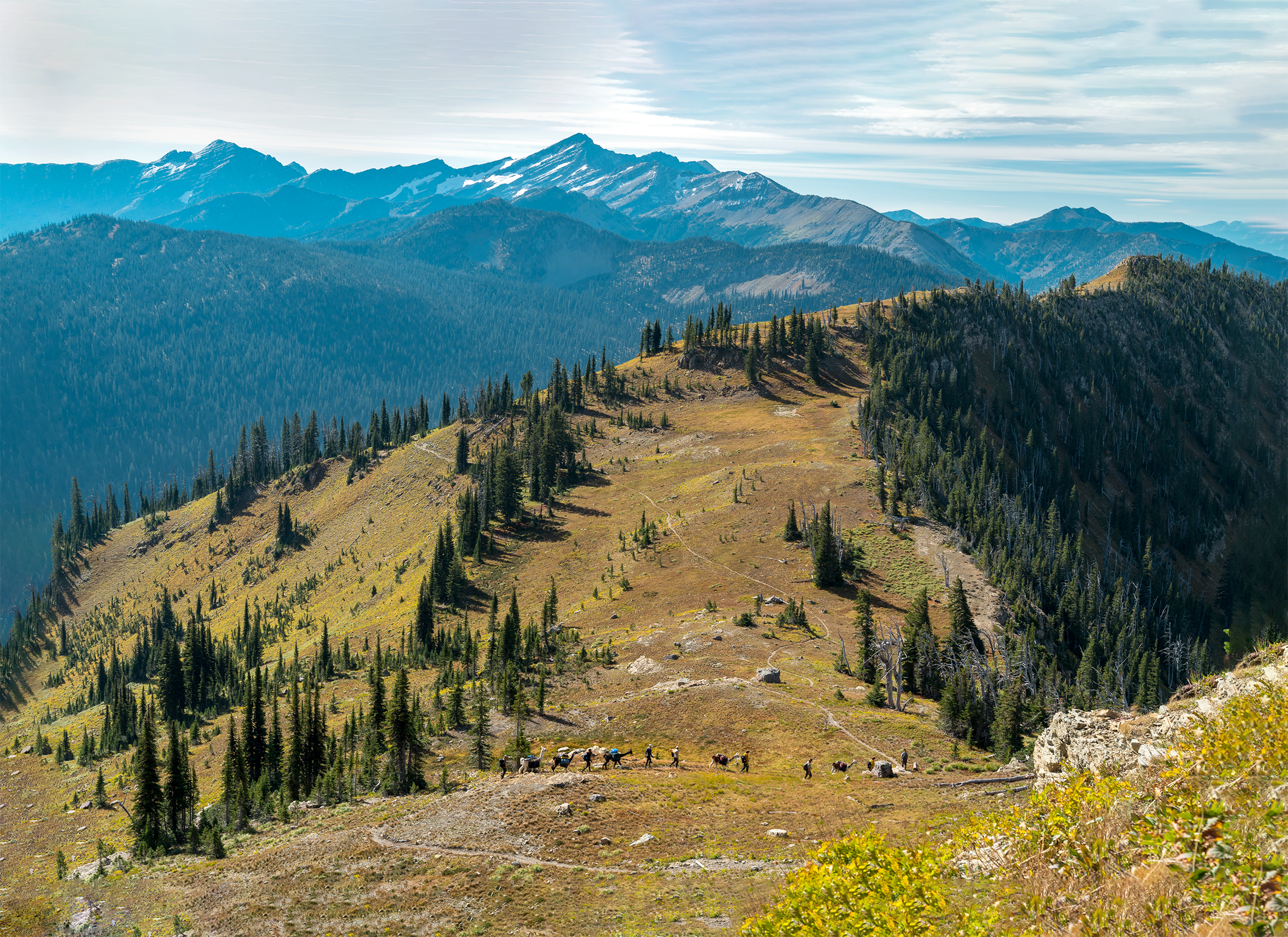The Prairie on Portra 160

Between the great Eastern Rivers and the Rocky Mountains is the Great Plains, where steppe and grassland became the near-forgotten “Breadbasket of America”.
by Alex Burke, author of “Film in a Digital Age”
Across the central third of North America stretches a vast prairie, a landscape of solitude and space. These “Great Plains” are a forgotten world to most, or simply “flyover states”, and to visit or to move across them towards a destination is a singular experience of “distance”.
Nonetheless, The Prairie makes up a crucial agricultural region (and more recently, energy): nurturing our bellies with the grains and staple crops that have allowed our urban populations to grow. It is a stunningly beautiful landscape with dramatic skies, rolling hills, and views unlike anywhere else.
What began as an obsession for open spaces has turned into a documentation of a vanishing landscape in middle America. Life on the prairie is not an easy one, as is evident in the census numbers showing a decline in population in nearly all rural counties as people move to larger population centers where there is greater economic opportunity.
People often abandon their home or entire town and move on, leaving things to eventually blow down or be dismantled. When these small towns are near rapidly growing cities, such as the Front Range of Colorado, the old homesteads, schools, and grain elevators get swallowed up by strip malls and new businesses.
On the other hand, in some of the healthy towns you’ll find all these structures in good order and active use, with people working the land and keeping their old machinery in top condition. In the far northern plains of Montana, it’s not rare to see 70 year old trucks still working the fields as if operating in a time capsule.
The forgotten nature of the plains means that little is done to protect the historical value before the demolition begins. I have revisited scenes countless times only to find an old structure missing, either replaced with new growth or simply swept off the face of the earth as if it were never there. Thus began the rush to document, realizing that in the coming decade most of the subjects I love to photograph will no longer be around.
It is difficult to know what will be done with these photos in thirty years, but I can say with confidence the landscape will look far different than depicted in the images. Some places may look more empty and wild than they do today, while others may show urban growth and wind turbine towers that stretch beyond the horizon.
For now I will continue to spend time on the high prairie, finding peace and solitude in a seldom-visited region. While the views will change, the vast openness will remain.
Using large format film really takes my full attention, which is one more reason I favor these views where I know I will never have another photographer or vacationer competing for the same spot. The slow pace of life is refreshing, along with the feeling of age and character in both the people and the land.





























